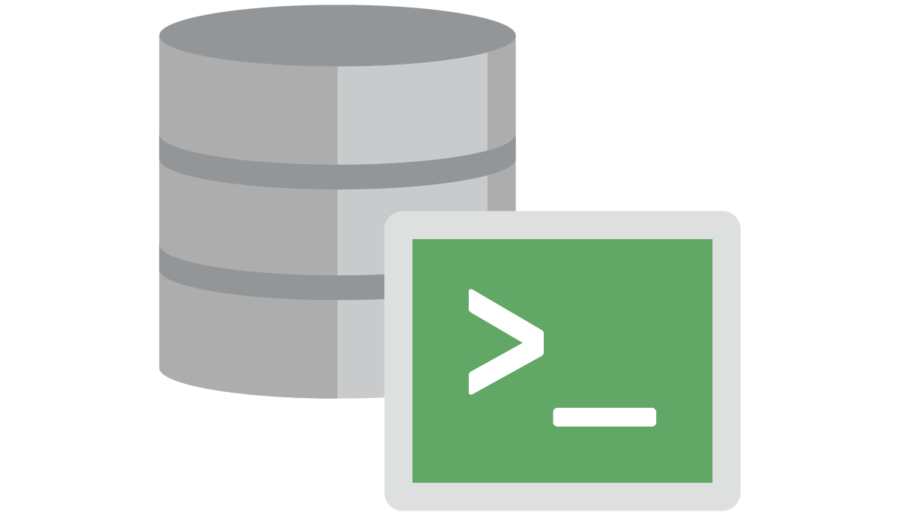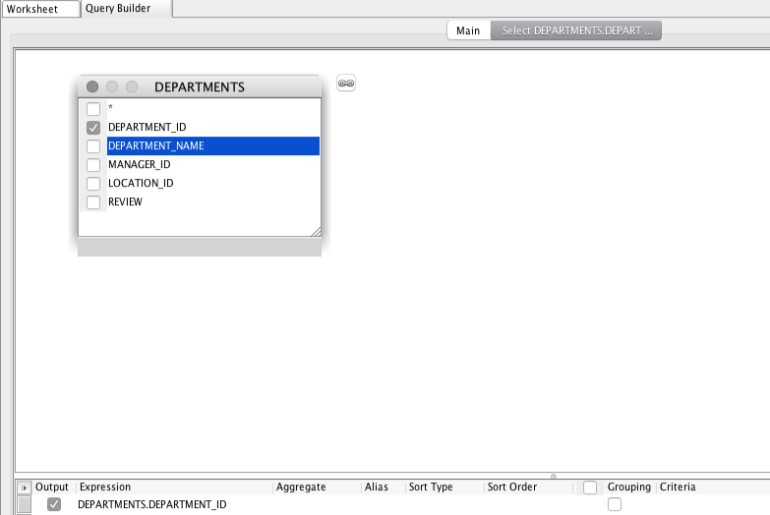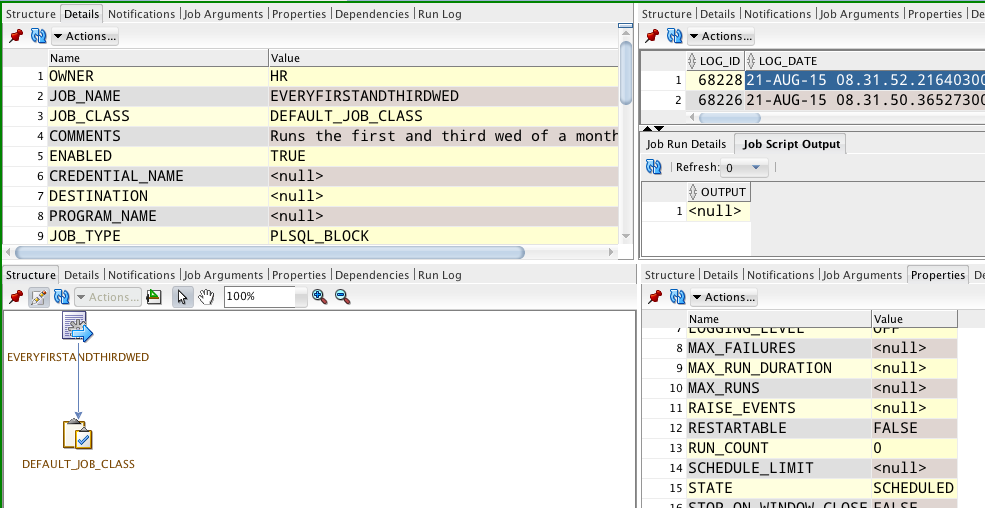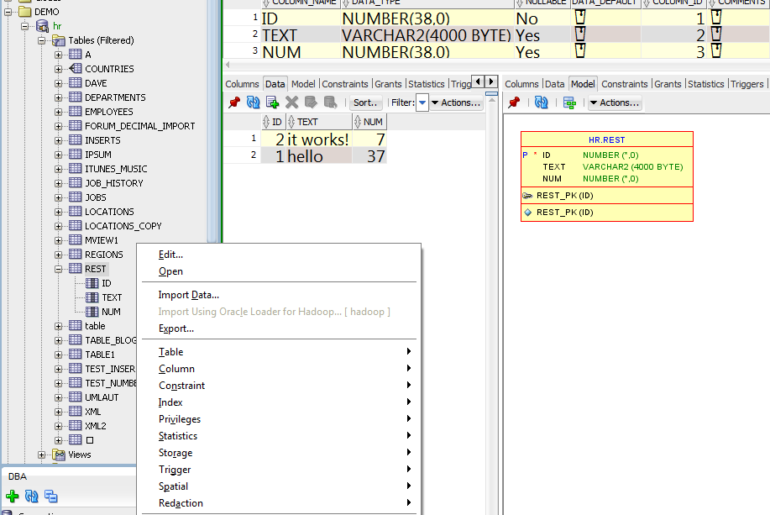I got a question from our internal mailing list… I would like to know how I can view historical SQL tuning recommendations in SQL Developer 4. I don’t want to run the sql worksheet manually but view the automatic recommendations as the query has been running already for several days now. I’m guessing their query hasn’t been running for several days, but has been executing multiple times over several days, so if the Automatic SQL…
Someone asked: @thatjeffsmith Great blog! Is there a way to display DB Doc in SQL Developer like in Java IDEs with Java doc while being in Code editor?— Sebastian Köll (@s_koell) December 1, 2016 And here’s the answer – Yes! First, let’s talk about PLDoc, and how it works in SQL Developer. All caught up? Great. Now let’s show you how to preview your fancy code doc before you go to generate the HTML. Put…
We by default don’t store certain things in your SQLcl HISTORY list – like CONNECTs. For obvious reasons, it’s best not to store certain things, either for convenience or for security. Here’s how that is controlled. SET HISTORY BLACKLIST command1, command2, …, commandN An example: So I previously added ALTER to the list, and just now added DESC. And then I ran a few commands that use those blacklisted commands. Now let’s check our HISTORY.…
You want to write a query. You want to use a subquery in that query. You don’t want to type so much. What to do? Enter the Query Builder. It’s been part of your worksheet for years. Click on it. Drag a table into it. But I don’t want to see the department_id in the output of my query, so uncheck it in the ‘Output’ column down below. Now right click in its corresponding Criteria…
One of the coolest features of Oracle REST Data Services v3.0 and higher, is the ability to REST enable your Oracle tables and views. You get a full REST api on your table – INSERT, UPDATE, DELETE, Select with or without predicates and sorting, and getting metadata. You can also batch load records. I’ve talked about the SELECT and GET bits before. What I’m going to show today is how to POST (INSERT) up a…
So version v4.2 has been out for Early Adopter testing and feedback since September. We’re still doing work on those new features and improvments, and will also be adding additional features and tweaks in a 2nd Early Adopter update, stay tuned. We’re of course also fixing bugs! You still have time to make a positive impact on v4.2 – so please share your 2 or even 3 cents. Based on feedback, some tweaks to look…
When using the data modeler, we assume when you add a foreign key, you haven’t already created the ID column. So we create that for you. Here’s what that looks like. I draw the relationship. I don’t want that. I want it to use USER.USER_ID instead. Click on the Column, and toggle it to USER_ID. When I click ‘Apply’ or ‘OK’ – the generated column goes away. If you don’t like being asked, you can…
I often spend a lot of time on the ‘cool’ and ‘advanced’ tips and tricks when doing talks for SQL Developer. Today, I’m co-presenting with Helen , and she chose to spotlight a bunch of stuff around filtering. Follow @HelenJSanders I love the topic, but I usually short change the subject in my talks. Today, let’s review all (most??) of the ways SQL Developer can help you get past the clutter. Connections You can hide…
We introduced the Instance Viewer in v4.1. We show you in real time what’s happening in your database. To get there, open your DBA panel. Connect. Then go to the Database Status node. Storage bits are interesting, but maybe you’re more excited about the specific workload. So in version 4.2, we’ve added a Top SQL panel to the screen. It auto-refreshes every few seconds, and you can sort it by several different performance metrics. If…
Twitter wasn’t playing nice, so I’ll just blog this 🙂 Want to extend your history size from 100 statements/scripts? Add this to your login.sql. 18894697706871a0adb0a69_000003 Don’t go crazy, remember each item gets written to its own XML file. We load those on start-up.









